trending
neon
Cirque du Soleil offers summer ticket deals
dining out
Celebs ditch the Strip for iconic Henderson restaurant
july 
trending
neon
Cirque du Soleil offers summer ticket deals
dining out
Celebs ditch the Strip for iconic Henderson restaurant
july 
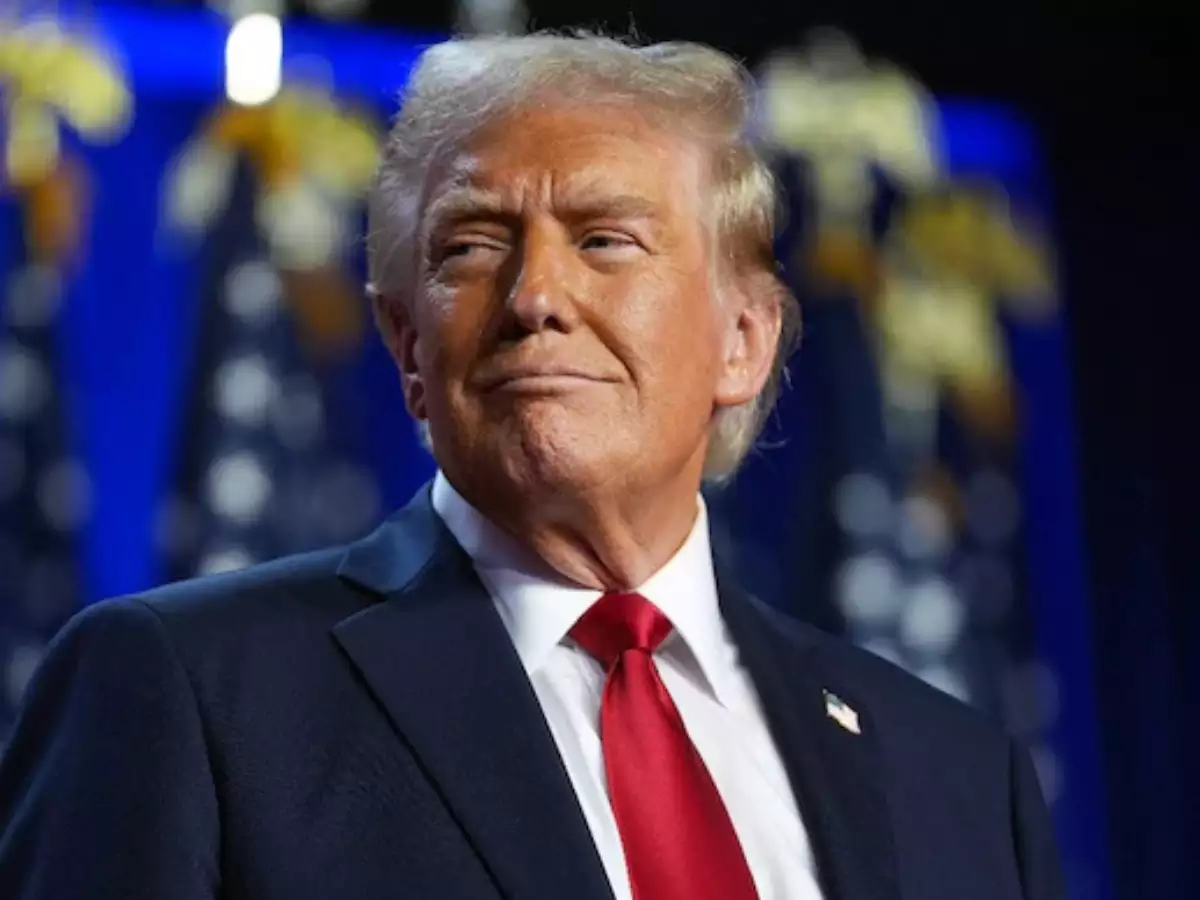
As Donald Trump begins his second term, market volatility remains high. Investors are looking for strategies to navigate economic uncertainties and capitalize on policy shifts




The return of Donald Trump to the White House has reignited discussions about economic policies, market stability, and investment opportunities. With fluctuating interest rates, shifting trade policies, and geopolitical uncertainties, investors are facing a challenging yet potentially rewarding landscape. Understanding how to navigate these market conditions is crucial for those seeking financial growth amid volatility.
Trump’s second term has ushered in significant economic and financial market shifts. While his administration continues to advocate for pro-business policies, concerns over trade wars, tax reforms, and deregulation have led to uncertainty in the stock market. Investors are closely monitoring how these policies will impact different sectors, from technology to energy and real estate.
Historically, market volatility increases when there are major political shifts. During Trump’s first presidency, markets experienced turbulence due to trade tensions with China, tax cuts, and regulatory rollbacks. Similar trends may emerge in his second term, making it essential for investors to stay informed and adjust their strategies accordingly.
Amid market fluctuations, adopting a diversified investment strategy is key. Here are some approaches investors can consider:
Sectors such as healthcare, consumer staples, and utilities tend to be resilient during periods of uncertainty. Companies in these industries provide essential goods and services, making them relatively stable investments.
Trump has consistently emphasized American energy independence and infrastructure development. Investors may find opportunities in oil, gas, and construction sectors, which could benefit from government policies promoting domestic production and large-scale projects.
The Federal Reserve’s stance on interest rates will play a critical role in investment decisions. While Trump has previously pressured the Fed to maintain low rates, economic conditions will dictate future rate changes. Investors should watch for opportunities in bonds and real estate, which are sensitive to interest rate movements.
While technology stocks have been strong performers, increased scrutiny over data privacy, antitrust regulations, and global trade policies could impact the sector. Similarly, international markets may be volatile due to Trump’s stance on tariffs and trade agreements. Investors should consider exposure to well-established tech companies while keeping an eye on potential regulatory changes.
During uncertain times, gold and other safe-haven assets like Treasury bonds tend to perform well. Gold, in particular, has historically been a hedge against inflation and economic instability. Allocating a portion of a portfolio to such assets can provide a cushion against market downturns.
While Trump’s policies may create new investment opportunities, they also come with risks. Key concerns include:
Navigating market volatility during Trump’s second term requires a balanced approach. By focusing on stable industries, monitoring policy changes, and diversifying investments, investors can position themselves for potential gains while mitigating risks. Staying informed and adapting to economic shifts will be crucial for success in this evolving financial landscape.
As Donald Trump begins his second term, market volatility remains high. Investors are looking for strategies to navigate economic uncertainties and capitalize on policy shifts
the latest
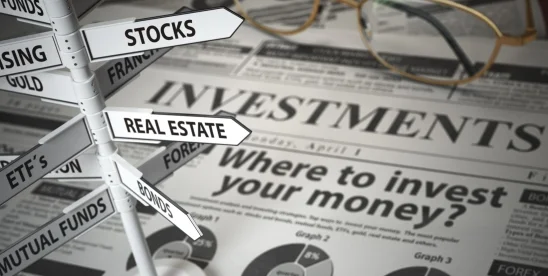
CFIUS Tightens Rules on Foreign Investments in the U.S
The Committee on Foreign Investment in the United States (CFIUS) has introduced stricter regulations targeting investments from specific countries, citing national security concerns
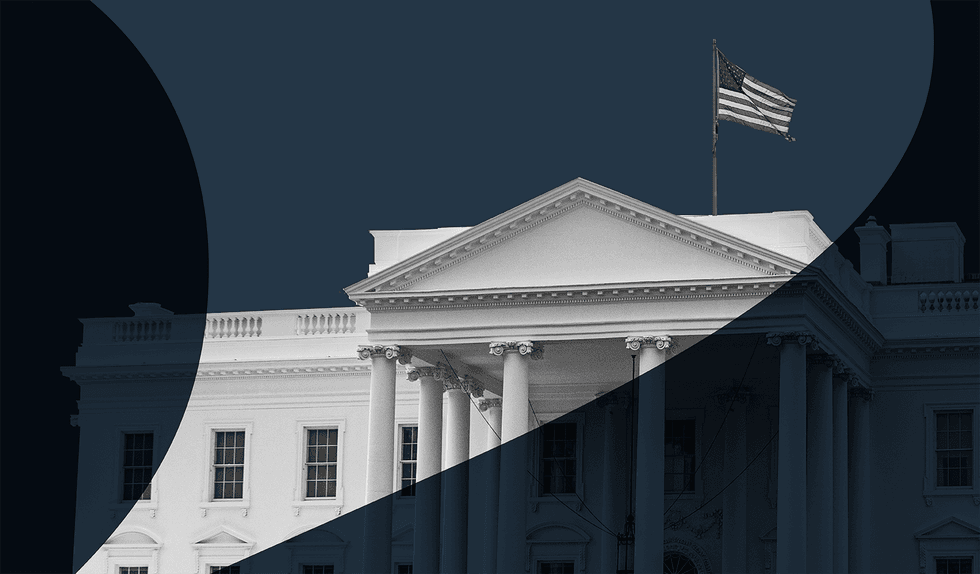
White House Releases 'America First Investment Policy' Memo
The White House has unveiled its latest initiative, the 'America First Investment Policy' memo, outlining strategies to attract foreign capital while prioritizing domestic industries. The policy aims to enhance job creation, boost American businesses, and redefine trade relations to favor U.S. economic interests
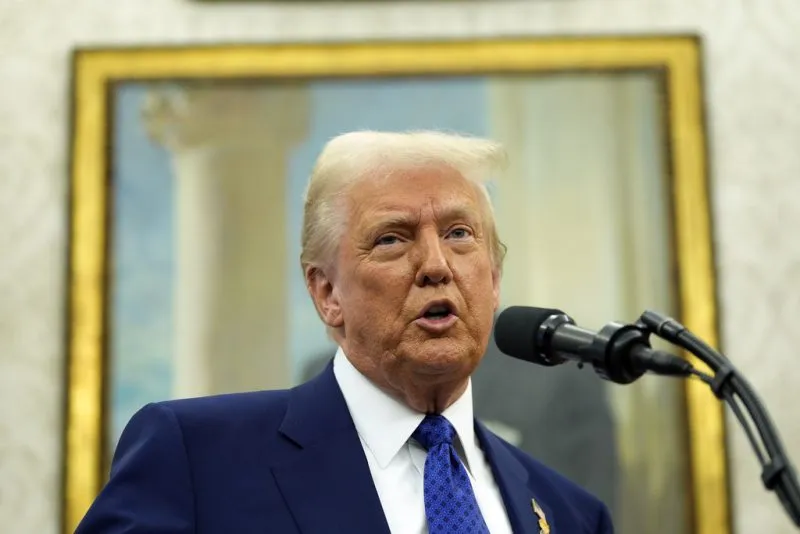
Trump's Tariffs Unleash Investor Uncertainty: Next Steps
Former President Donald Trump's latest round of tariffs has sent shockwaves through global markets, leaving investors grappling with increased uncertainty. With businesses facing higher costs and trade tensions escalating, analysts weigh in on the long-term implications for industries, financial markets, and economic stability
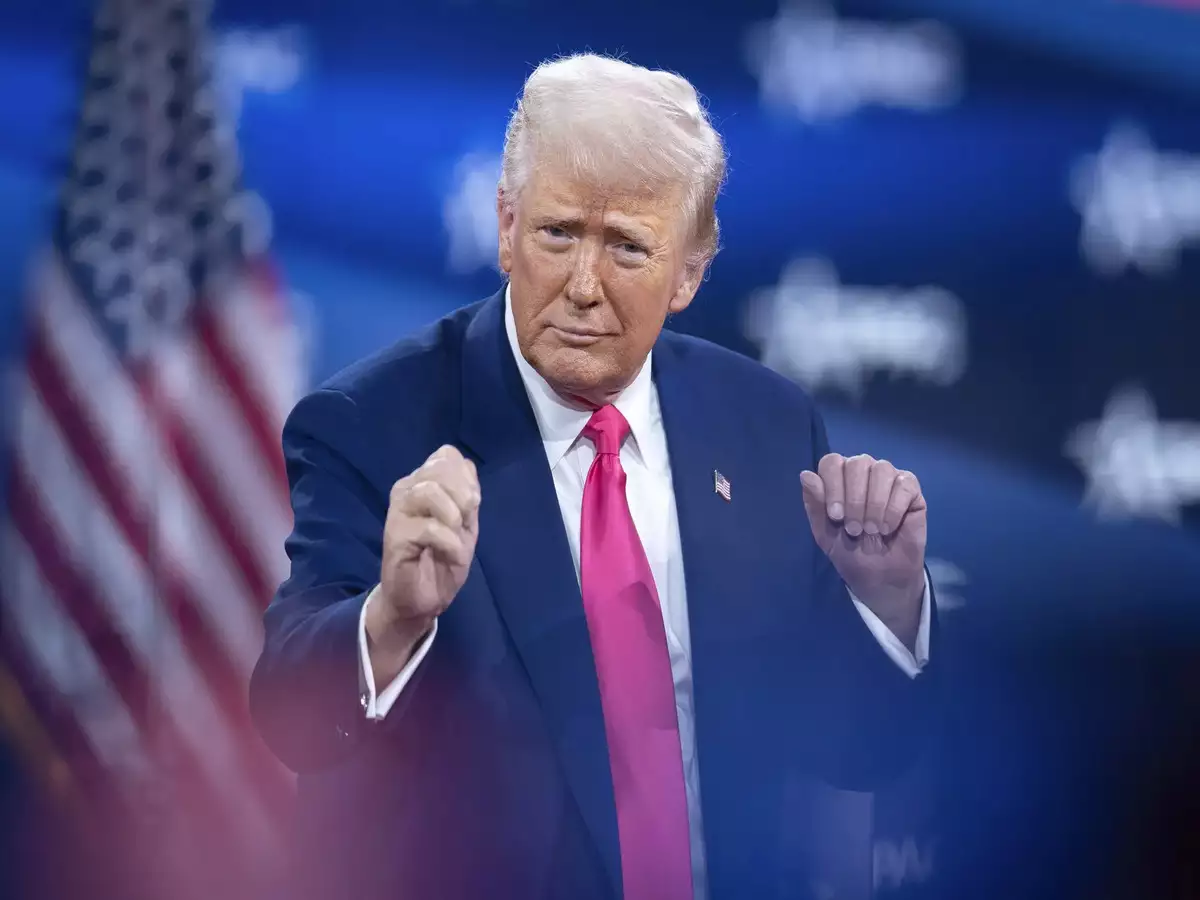
Trump's Red Carpet Plan for Wealthy Foreign Investors
Former President Donald Trump is pushing a new visa policy that offers wealthy foreign investors a fast-tracked path to U.S. residency. The plan, dubbed the "Gold Card" visa, requires a $5 million investment in key industries but faces criticism for favoring the ultra-rich
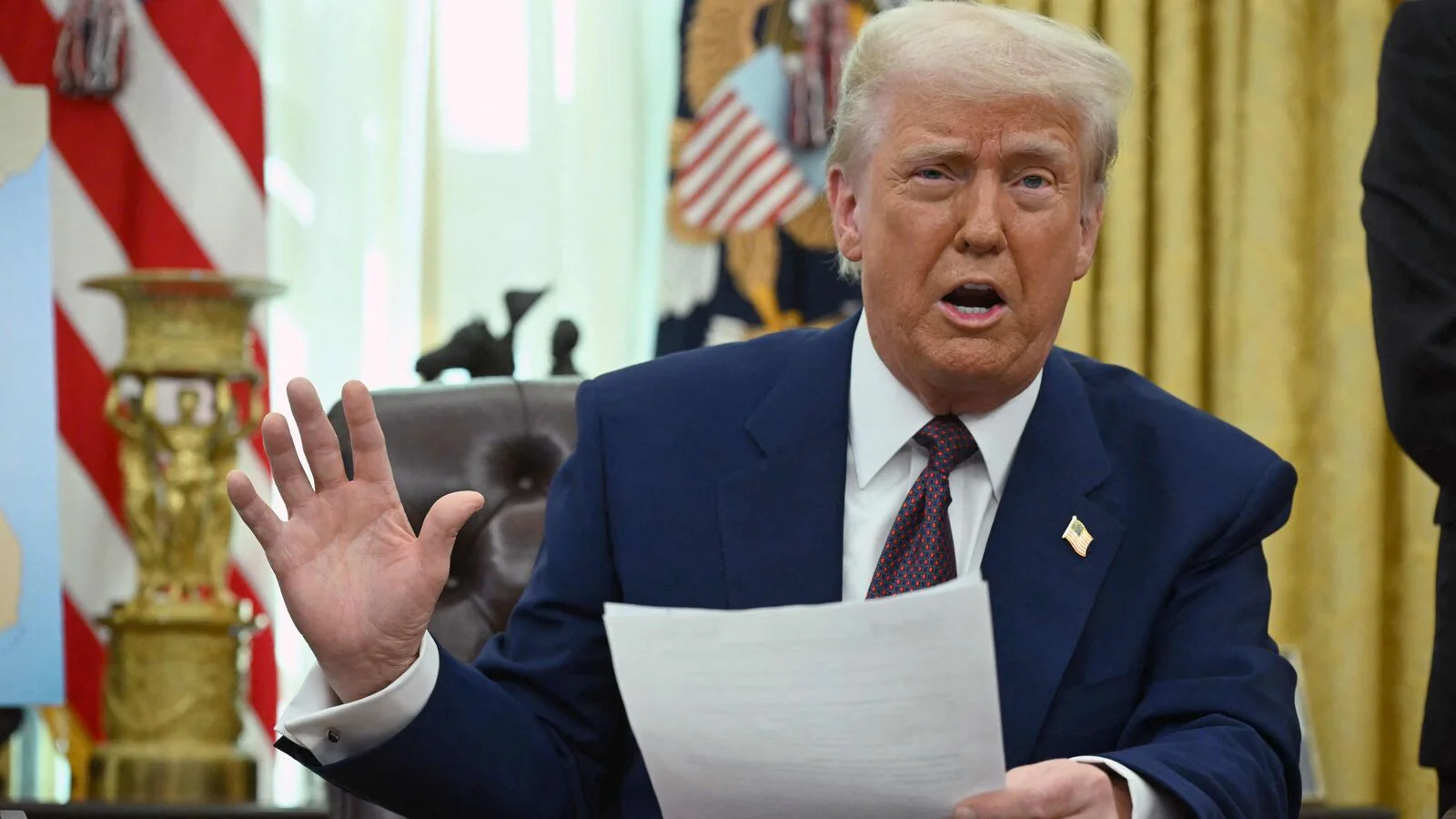
How Trump’s $5M ‘Gold Card’ for Rich Migrants Works
Donald Trump’s proposed $5 million "Gold Card" visa seeks to fast-track residency for wealthy investors, aiming to boost the U.S. economy through capital inflows

Details Emerge on Trump’s $5M ‘Gold Card’ Visa Plan
Donald Trump’s proposed $5 million "Gold Card" visa seeks to attract high-net-worth individuals to the U.S., promising economic growth and investment opportunities

Investing Amid Volatility in Trump’s Second Term
As Donald Trump begins his second term, market volatility remains high. Investors are looking for strategies to navigate economic uncertainties and capitalize on policy shifts

Why U.S. Stocks Are Still a Smart Investment
U.S. equities continue to outperform, driven by strong earnings, economic resilience, and innovation. Investors remain bullish on long-term market growth
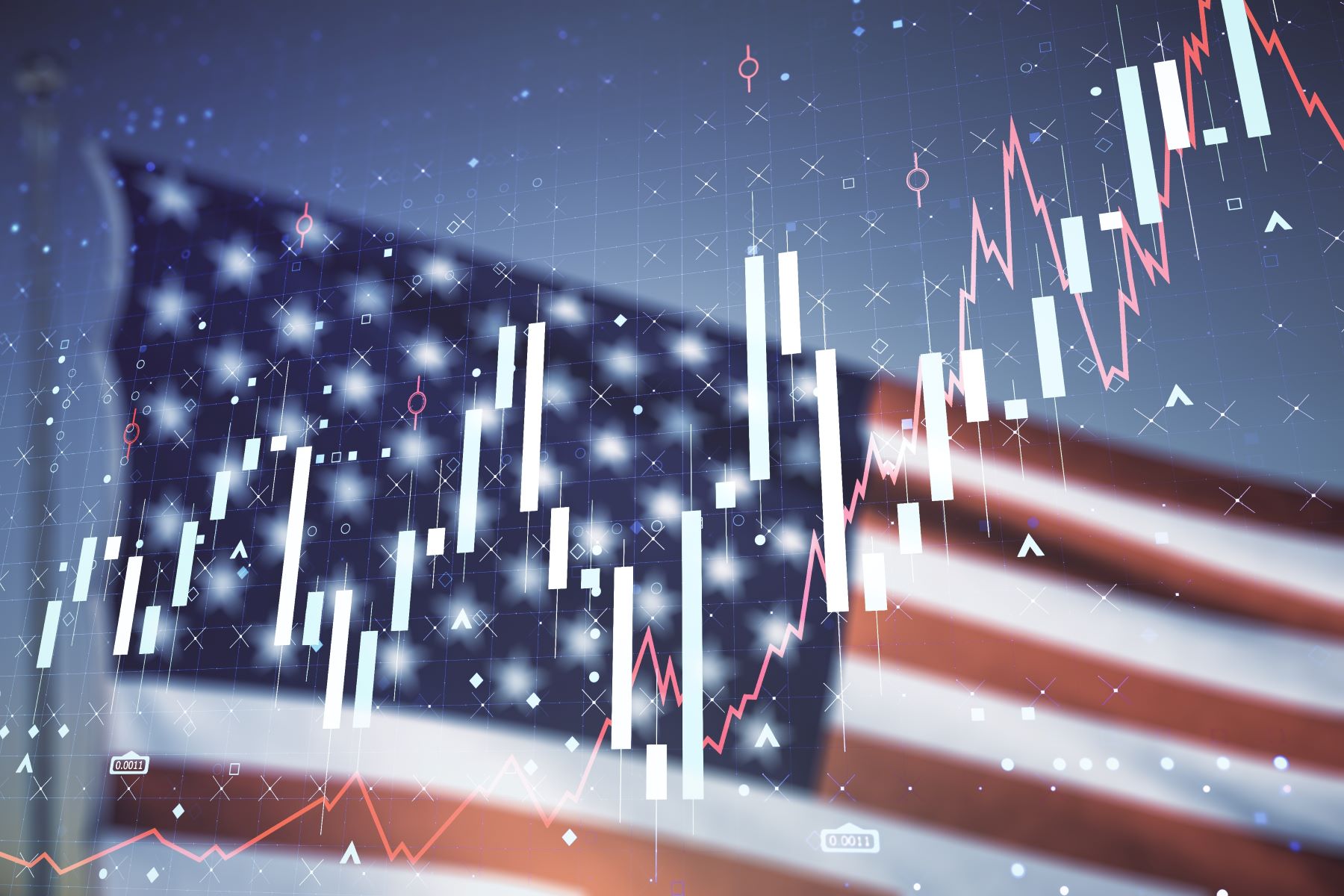
Stock Market Trends: The Impact of U.S. Investment Regulations
U.S. investment regulations play a crucial role in shaping stock market trends. This article explores the impact of regulatory changes on investor behavior, market volatility, and long-term market outlook